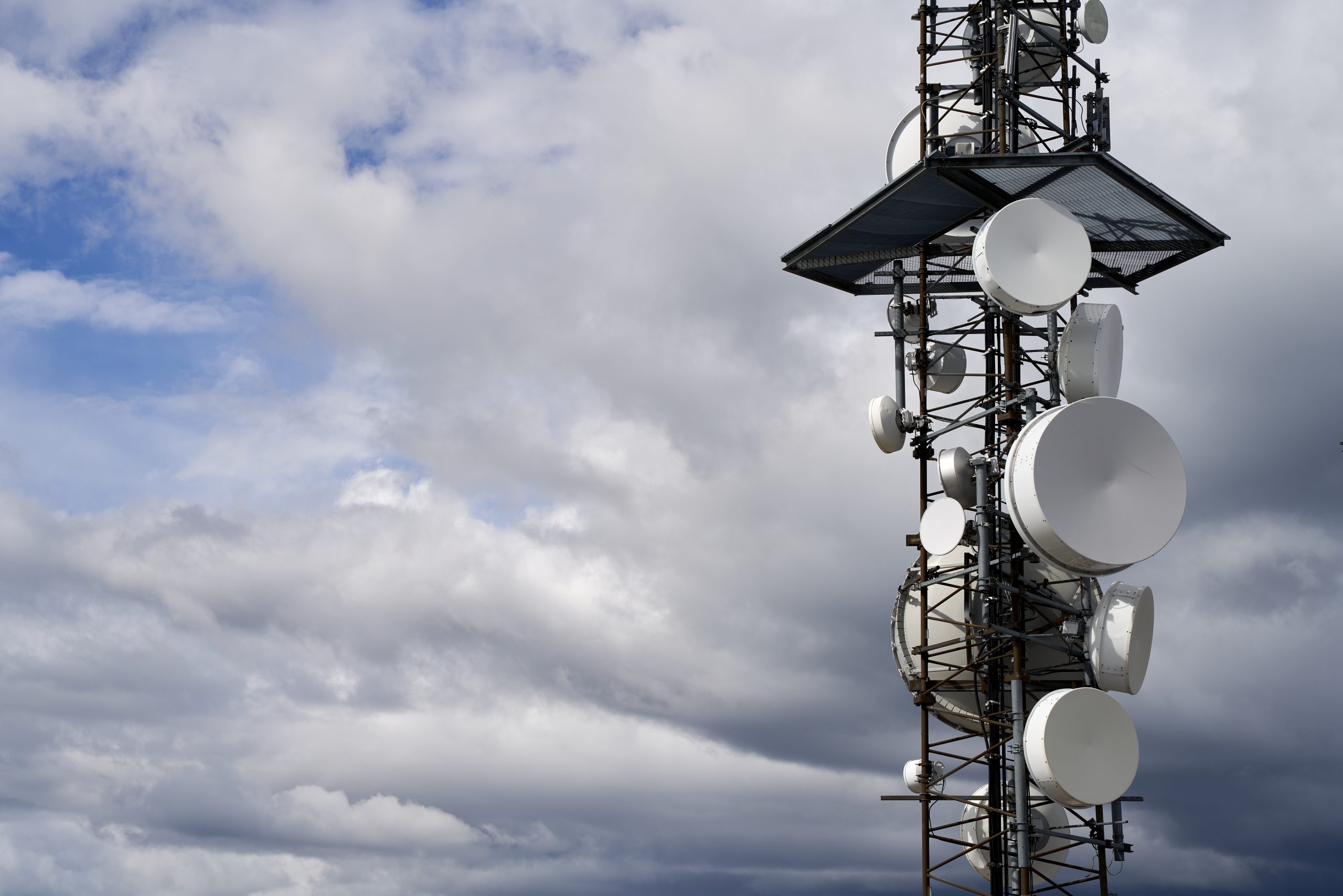
In our world where everyone is constantly connected online to each other and the world around us the communication systems need to evolve to meet the increasing demands placed upon them.Satellite technology that was once considered a thing of the future has now become a part of our everyday communication networks.By filling in coverage gaps strengthening network durability and facilitating the growth of IoT and smart cities satellites are transforming how we stay connected.This article explores progress in communication infrastructure with a focus on satellite assistance and its implications, for the times.
Bridging the Connectivity Divide
The use of satellite technology plays a role in connecting remote areas that lack traditional infrastructure to the internet by serving as a vital link for these communities to access online resources effectively and reliably due to the broad coverage satellites offer.
- Reaching Remote Areas: Ensuring connectivity in regions is facilitated by satellites that offer coverage in areas where conventional infrastructure is not feasible.This guarantees that even the remote locations can enjoy internet access supporting enhanced quality of life and economic prospects.
- Creating Opportunities: Access to internet connections creates possibilities for education advancement and improved healthcare services while also fostering economic development opportunities by enabling students to explore educational materials and facilitating remote medical consultations, alongside aiding local businesses in expanding their reach to global markets.
- Reducing Costs: Satellite technologies cost effectiveness makes it a feasible choice, for coverage.Coinciding with laying fiber optic cables in demanding landscapes satellites present a budget answer.
Enhancing Network Reliability and Resilience
During times of crisis such, as disasters or cyber incidents that can disrupt land based networks significantly satellites play a role in providing an alternative network with high resilience. This backup connectivity is vital, for ensuring communication when it’s most necessary.
- Continuous Communication: Offering support in situations, like disasters and cyber security breaches; when land based networks are unavailable or compromised.
- Critical Sector Support: Support for sectors is crucial guaranteeing communication for emergency services and financial organizations enabling effective response, during emergencies and uninterrupted financial transactions.
- Disaster Recovery: Effective communication is crucial, in boosting disaster recovery operations by leveraging channels for information exchange calamity scenarios where satellite technology plays a key role, in swiftly evaluating and organizing relief endeavors.
Enabling the IoT and Smart Cities Revolution
Satellites play a role in ensuring the functioning of IoT devices and smart city infrastructure by offering worldwide coverage to link various devices and systems together effectively for the constant flow of essential data crucial, for urban planning and administration purposes.
- Seamless Connectivity: Ensuring connectivity is essential for keeping the most distant IoT devices linked together especially for use cases such as monitoring sensors, in agriculture or wildlife tracking.
- Global Reach: Enables sharing of data, for purposes such, as traffic control and environmental observation aiding in decision making to enhance city life.
- Infrastructure Efficiency: Enhancing infrastructure efficiency through connectivity is key to optimizing smart grids and improving waste management and public transportation systems by facilitating seamless data communication.
Pioneering Technological Innovations
The recent technological developments have further made the satellites more efficient and cost-effective. Advances such as HTS, reusable rockets, and CubeSats are paving the next wave of telecommunications advancement.
- Higher Data Transfer: High-throughput satellites (HTS) deliver greater data transfer rates and a higher achievable bandwidth that will be used more efficiently, which puts it in a position to deliver much faster internet services compared to traditional internet service provision means.
- Reusable Rockets: Reduce the launch cost using reusable technology. Companiesmade launches of satellites possible more frequently and at cheaper price tags.
- CubeSats: Small, light, and economic satellites for specific communication needs. Miniaturized satellites can be launched in clusters to offer coverage and redundancy.
Integrating Satellites with 5G Networks
Even remote areas will have high-speed connectivity-it is the extension of 5G network benefits. This hybrid would blend the strengths of both technologies in a way that brings better coverage.
- Extend 5G Benefits: That will ensure that high-speed connectivity is all available-including in far-off locations. This way, the advantages of low latency and high bandwidth offered by 5G are now available everywhere.
- Hybrid Approach: It is a hybrid version where technologies from both the ground and space are incorporated. This model can shift between networks without losing connectivity.
- Lower Latency: This will provide better support to the users with low latency. Real-time applications, such as online gaming and video conferencing, rely highly on these levels of improvements.
Supporting Environmental Sustainability
Environmental monitoring through satellites plays an important role in providing critical data relating to environmental issues. Such data is instrumental in sustainable planning and the management of resources.
- Environmental Monitoring: This provides useful data in terms of climatic conditions, climate change, and natural disasters. Such data helps one predict and mitigate impacts.
- Sustainable Planning: It helps in planning and undertaking effective actions towards environmental challenges. For example, the usage of satellite data would optimize where the placing of the wind turbines or the solar panels could be useful.
- Resource Management: Renewable sources are more optimally used. The resource in question is utilized efficiently thus less waste.
Enhancing Security and Surveillance
Satellites allow for unprecedented security and surveillance capabilities, offering real-time data highly critical to national security, border control, and disaster responses.
- Real-Time Data: Gives real-time information to security agencies to respond quickly to a threat. This serves a better interest in national security and disaster response.
- Border Control: Improves border security through permanent monitoring. Satellites can be able to pick on unauthorized crossing and other security threats.
- Disaster Response: It allows a disaster response to be undertaken with on-time data. Information from satellites would guide rescue and relief efforts in much more effective ways if done in time.
Driving Global Connectivity Initiatives
Global initiatives are leveraging satellites to make the internet available to people who have yet to be brought under the umbrella of universal access, thereby bridging a connectivity gap in underserved regions. These projects dream of taming billions of unconnected people into online connectivity.
- Universal Internet Access: Such projects as Starlink and Project Kuiper work toward distributing the internet across any part of the world with great speeds. Such initiatives can bring billions of people online.
- LEO Satellites: With LEO satellites, one can get coverage all over the world with low latency. They are relatively close to Earth and hence provide faster communication and larger data throughput.
- Underserved Regions: Connect the underserved regions. One of these projects may be connecting the internet to remote and rural areas which in turn stimulate socioeconomic development.
Addressing Challenges and Future Directions
The telecommunication supported by the satellite promises to be in various manners a good solution but deals with signal latency, regulatory hurdles, and even deployment costs. Crossing over the hurdles through endless innovation and collaboration will fill the gap toward the prevention of discrepancy in global connectivity.
- Overcoming the Problems: Signal Latency, Regulatory Hurdles, and Deployment Costs. Through continuous innovations and research and development, it will facilitate to overcome the issues while on their way to filling up the gap for the prevention of discrepancy in global connectivity.
- Continuous Innovation: Ongoing innovation is key to overcoming these challenges. Advancements in satellite technology and supportive policies can help mitigate these barriers.
- Hybrid Telecommunications: The future of telecommunication will be a blend of terrestrial and satellite technologies. The hybrid system offers both systems at one time, ensuring that maximum benefits will be derived from each system.
Conclusion: Envision Beyond Leading the Way
Envision Beyond stands at the forefront of integrating satellite technology into telecommunication infrastructure. Our cutting-edge solutions ensure that businesses, governments, and communities benefit from reliable and resilient connectivity. By leveraging advanced satellite support, we help our clients achieve their connectivity goals, driving innovation and progress.
At Envision Beyond, we specialize in providing high-resolution satellite imagery, geospatial intelligence, and advanced analytics. Our expertise enables us to deliver solutions that enhance telecommunication infrastructure, ensuring comprehensive coverage and robust network resilience. Visit Envision Beyond to learn more about our innovative solutions and how we are shaping the future of telecommunication.
